Mojave Groundwater Bank
Mojave Groundwater Bank
The Mojave Groundwater Bank is a significant water infrastructure project that will provide clean, reliable and affordable water to underserved communities in Southern California.
The Urgency
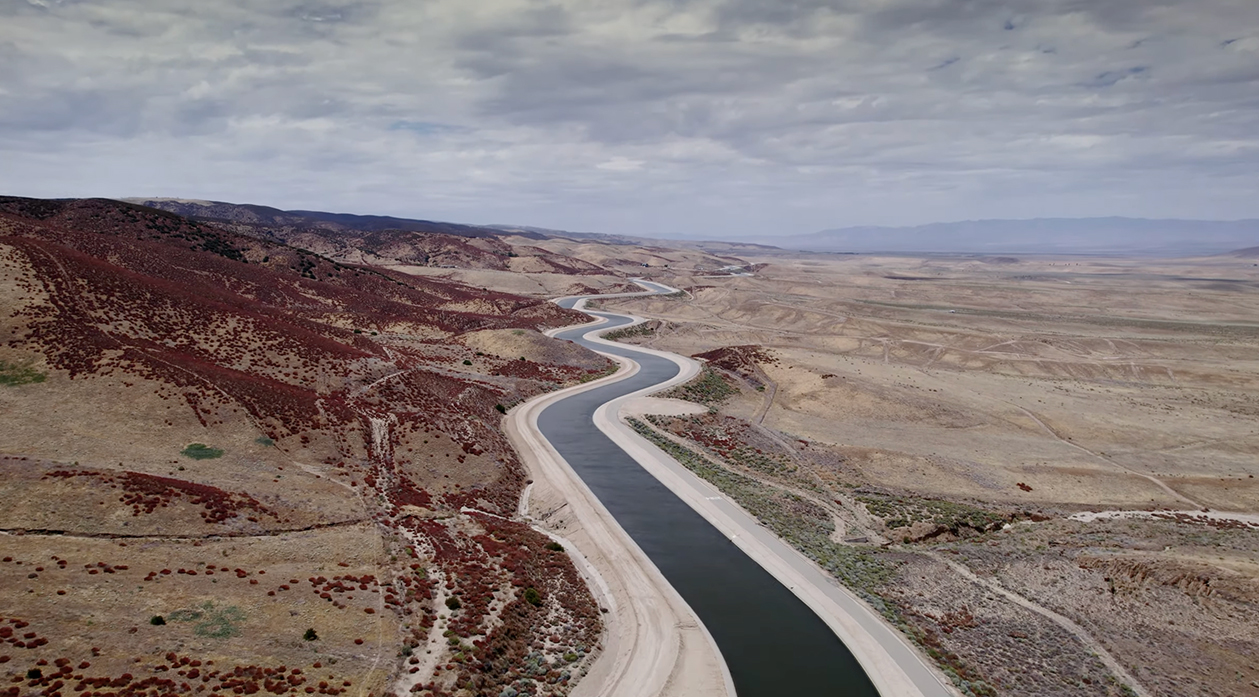
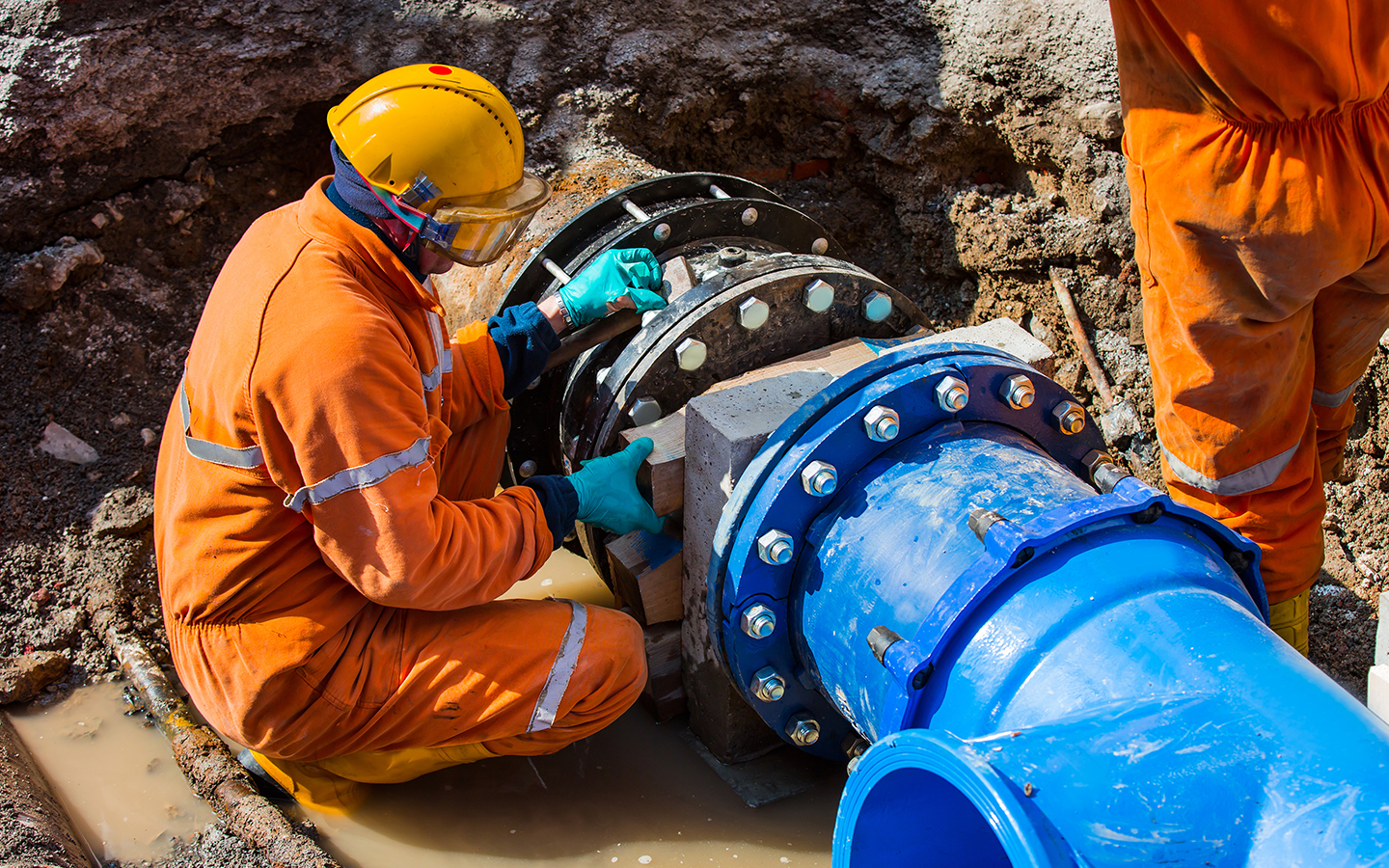
Project Overview
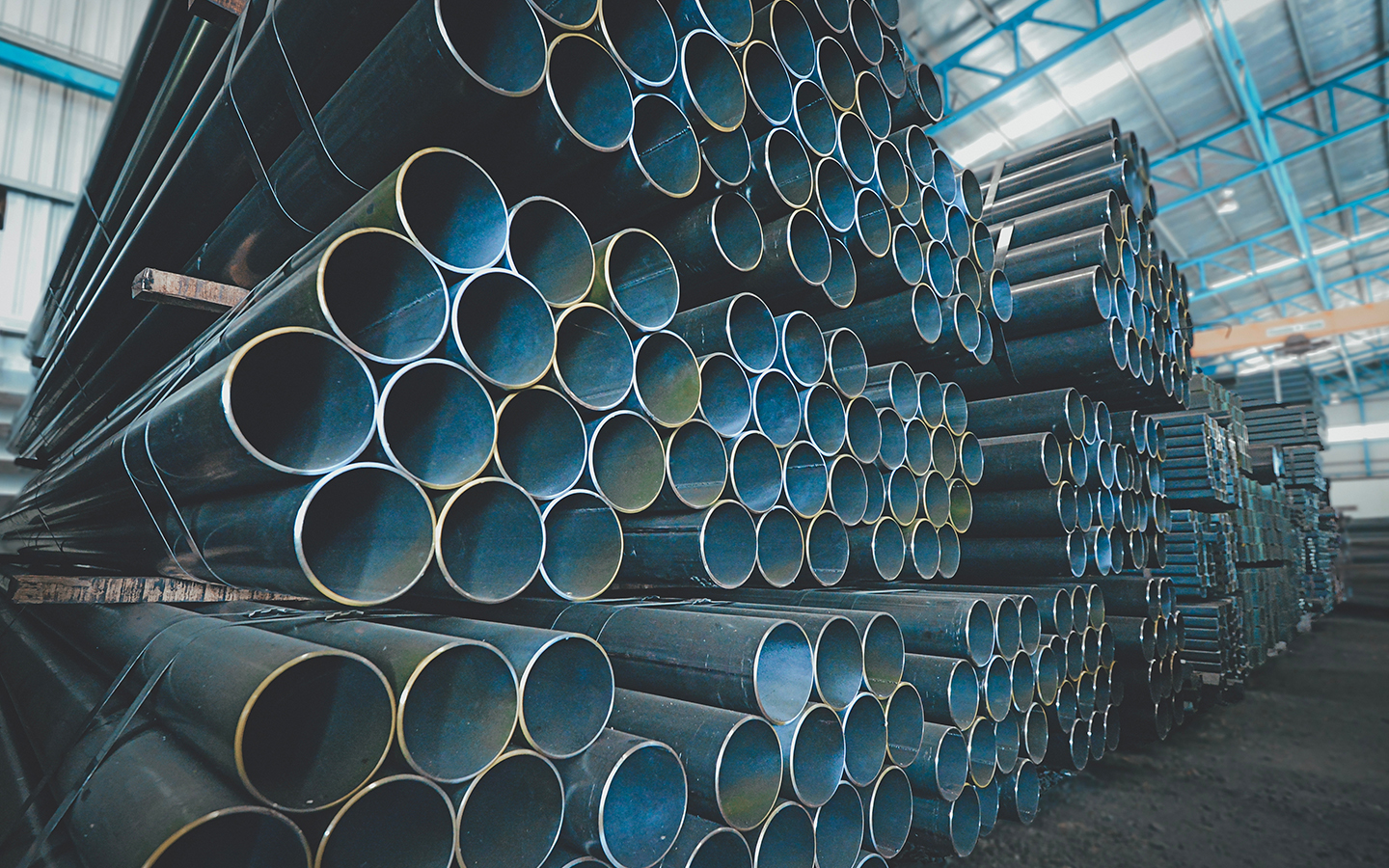
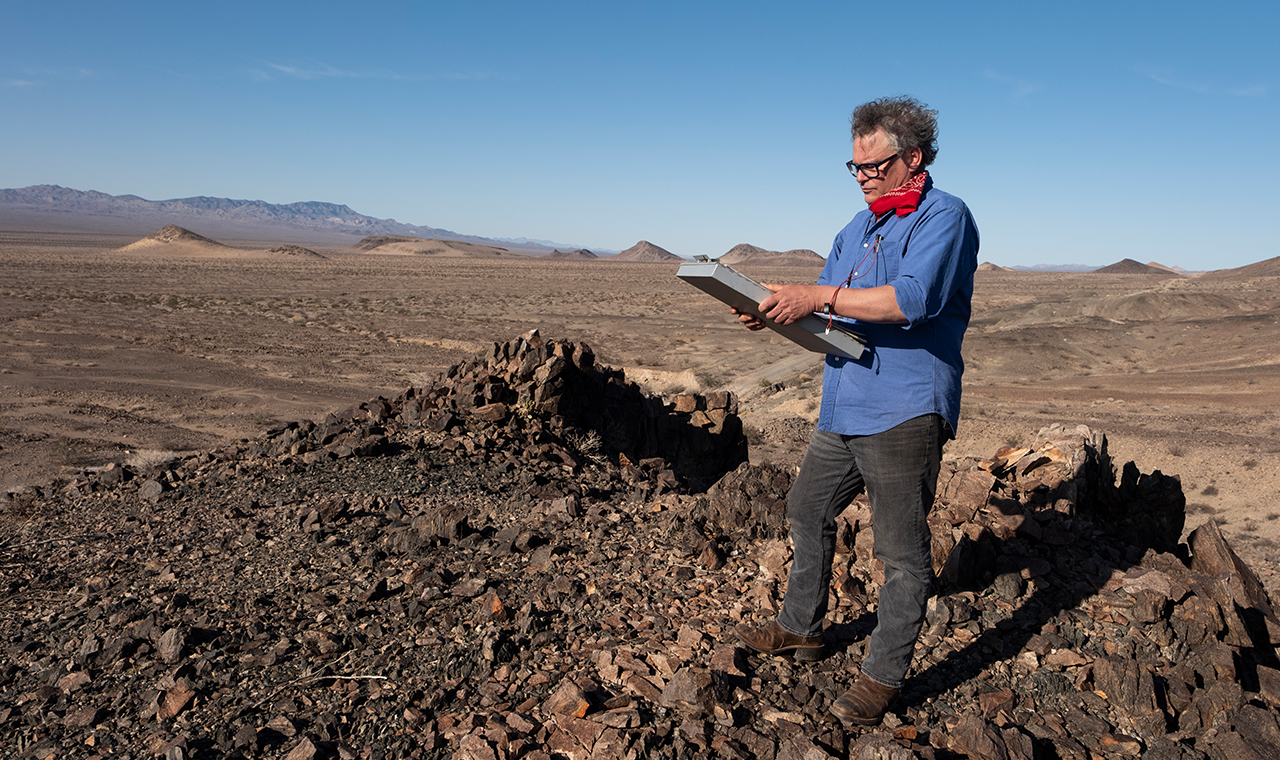
The Mojave Groundwater Bank is a unique public-private partnership between public water agencies, Native American Tribes and Cadiz Inc. to provide clean, reliable, and affordable water supplies to underserved communities in Southern California and the Southwestern United States. The groundbreaking project utilizes a vast naturally recharging aquifer system at Cadiz Ranch and converted fossil fuel pipelines to conserve, store and deliver clean reliable water to communities on the front lines of climate change. Construction is set to begin in 2025, with the goal of delivering water by 2027, making it one of the few shovel-ready water solutions available in Southern California.
The heart of the Mojave Groundwater Bank is a 2,000-square-mile watershed, Cadiz Ranch sits directly above one of the largest known freshwater aquifers in the U.S., estimated to hold between 30 and 50 million acre-feet of high-quality groundwater. For comparison, that’s more than twice the full capacity of Lake Mead, the nation’s largest surface reservoir, which now holds less than half its design volume due to prolonged drought.
What makes this naturally recharging aquifer truly unique is its geography. The watershed above Cadiz forms a closed hydrologic basin, where rain and snowmelt from the New York Mountains—at elevations of up to 7,500 feet—slowly travel underground to the Cadiz Valley, where they ultimately evaporate at the surface. Cadiz’s project conserves this water by capturing it before it’s lost to evaporation, creating an immediately available supply within the Colorado River Basin—something no other project offers today.
2.5 Million acre-feet of new water supplies
400,000 people served annually
Communities Served


Project Roadmap
- Final Design
- Wellfield Construction
- Ordering Equipment
- Final Permitting
- Northern Pipeline Conversion
- Southern Pipeline Construction Begins
- Northern Pipeline Online
- Water Delivery via Northern Pipeline begins
- Southern Pipeline Construction Completes
- Full Operational
Project Roadmap
Why it Matters

Smart Water Use
Capturing groundwater that would be otherwise be lost to evaporation and sustainably providing it to communities in need.

Locally Controlled Supply
Providing improved water access to communities that have historically depended on shrinking, distant sources.
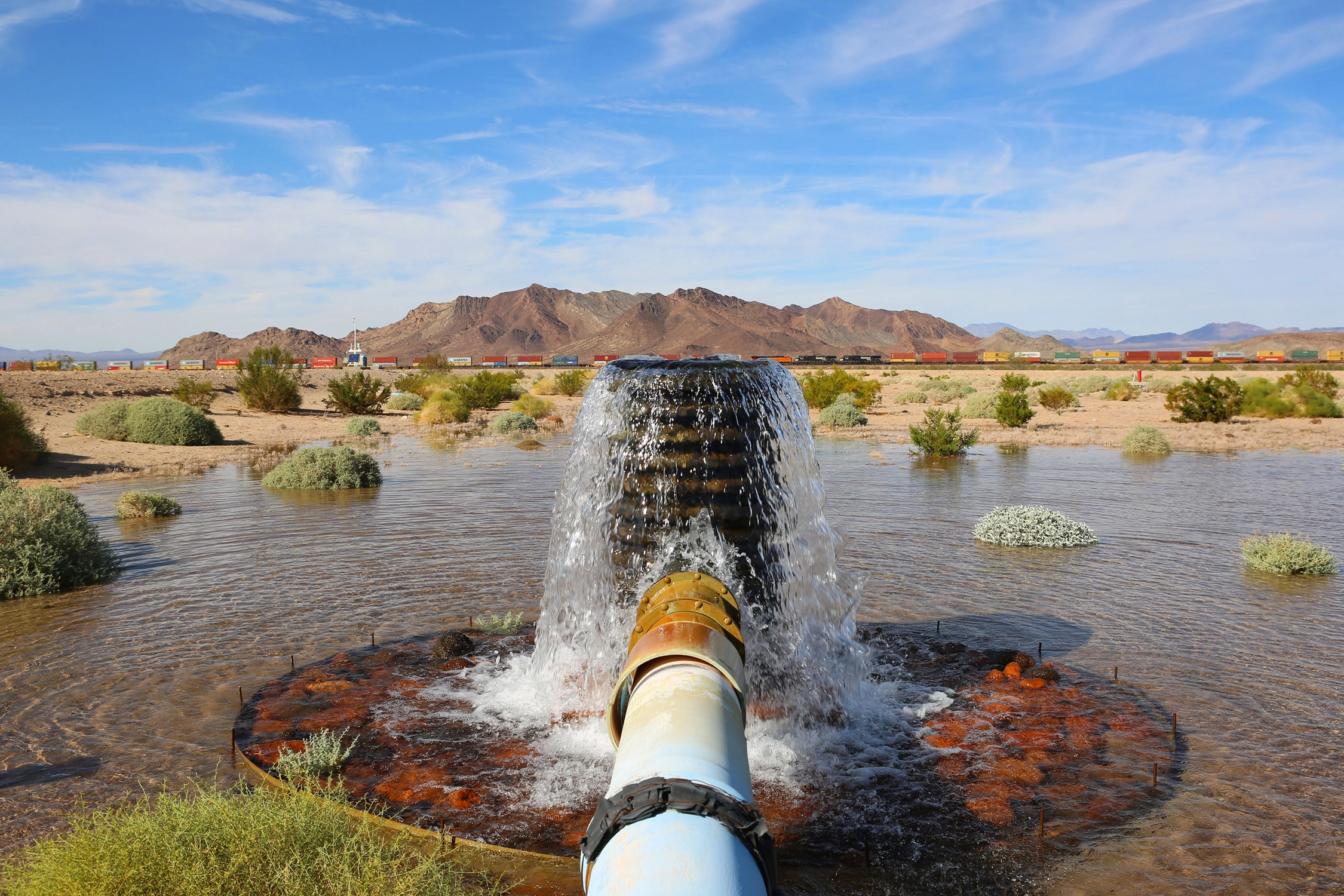
Drought Resilience
Enabling storage of up to 1 million acre-feet of water for agencies to bank surplus water in wet years and withdraw it during droughts.
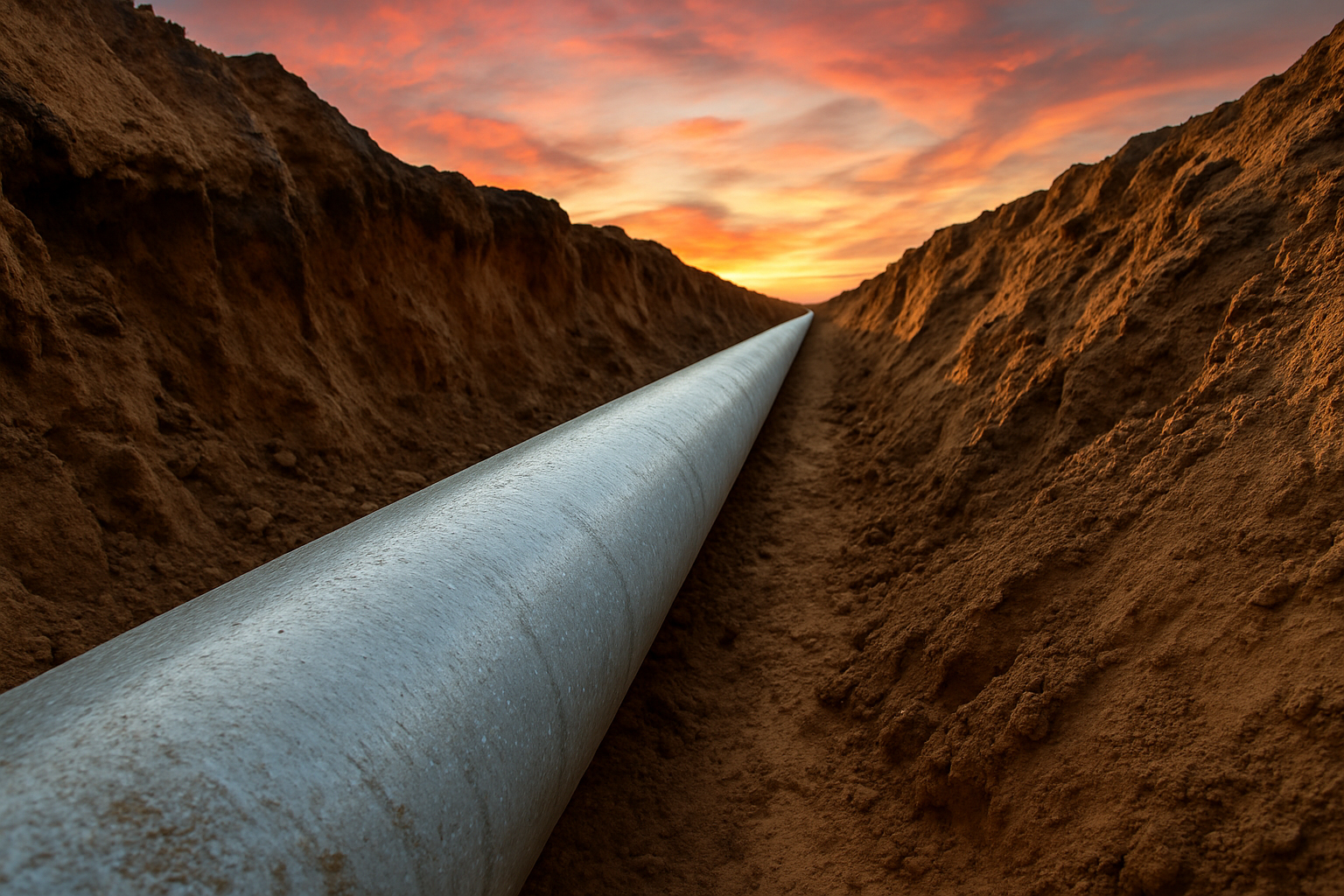
Infrastructure Efficiency
Repurposing existing infrastructure to minimize environmental disruption, save time, and accelerate delivery.
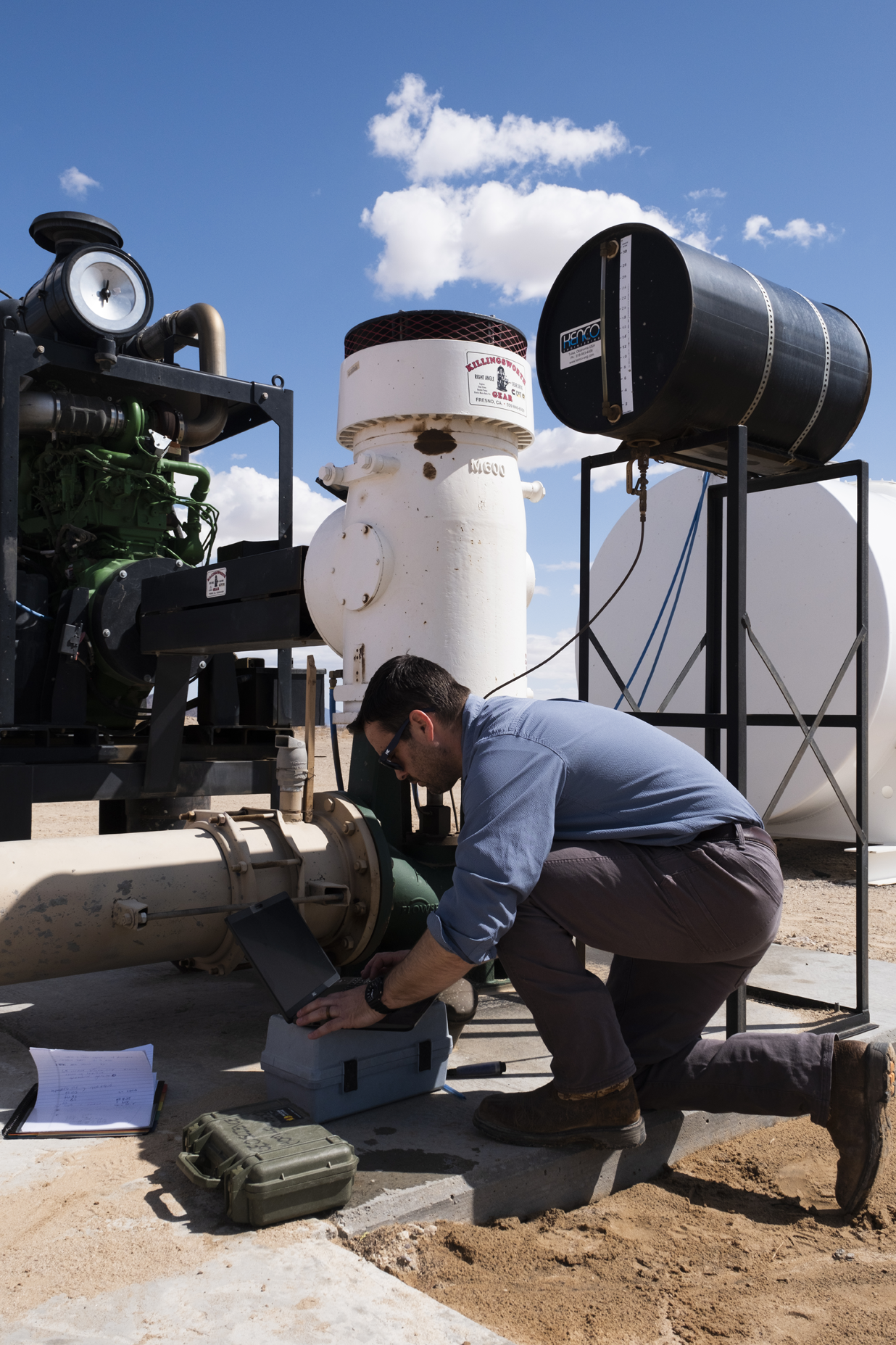
Sustainable Environmental Protections
Ensuring long-term ecosystem health by undergoing rigorous CEQA review, implementing continuous monitoring, and managing groundwater through a court-approved plan overseen by San Bernardino County.
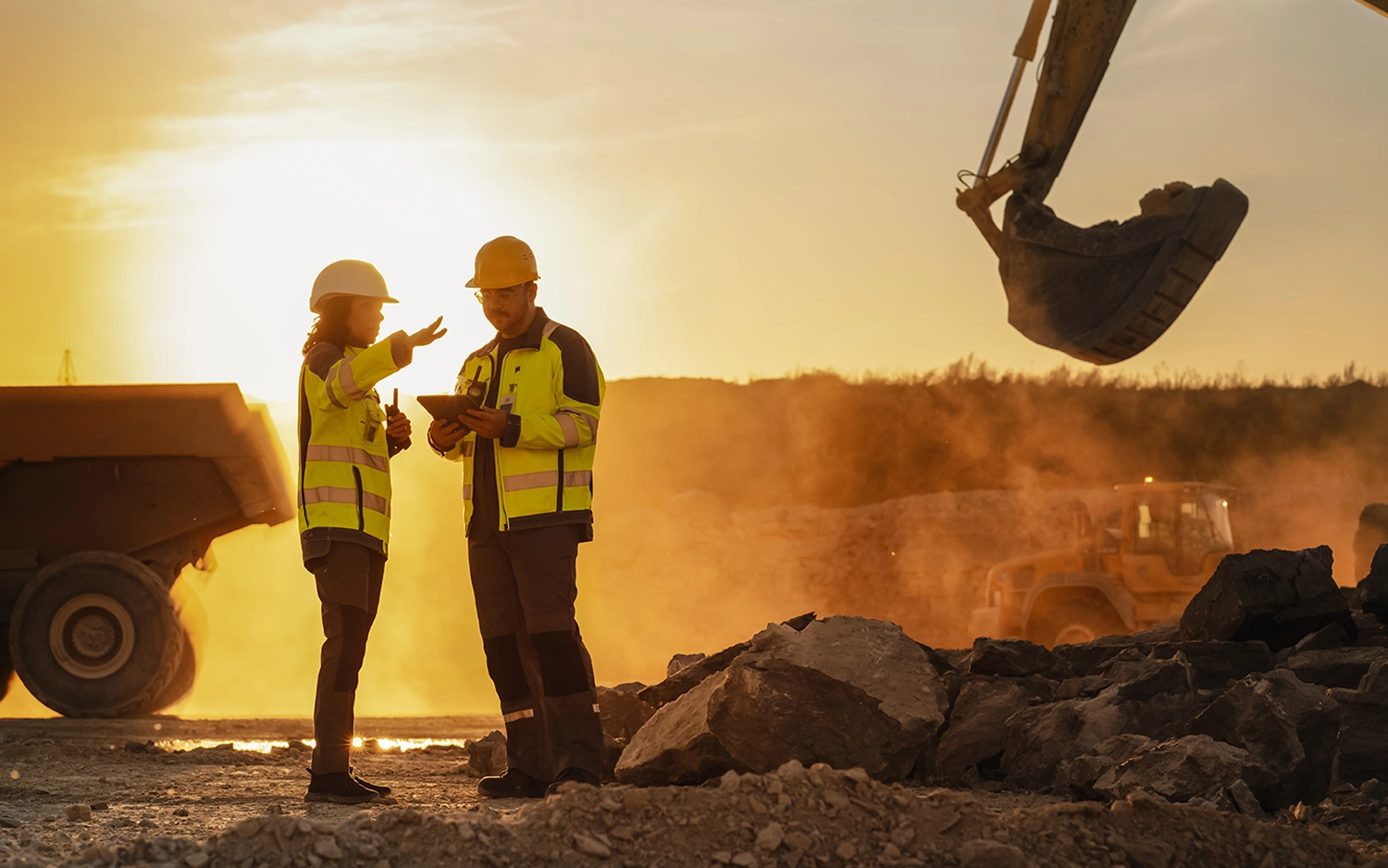
Economic Opportunity
Project Partners
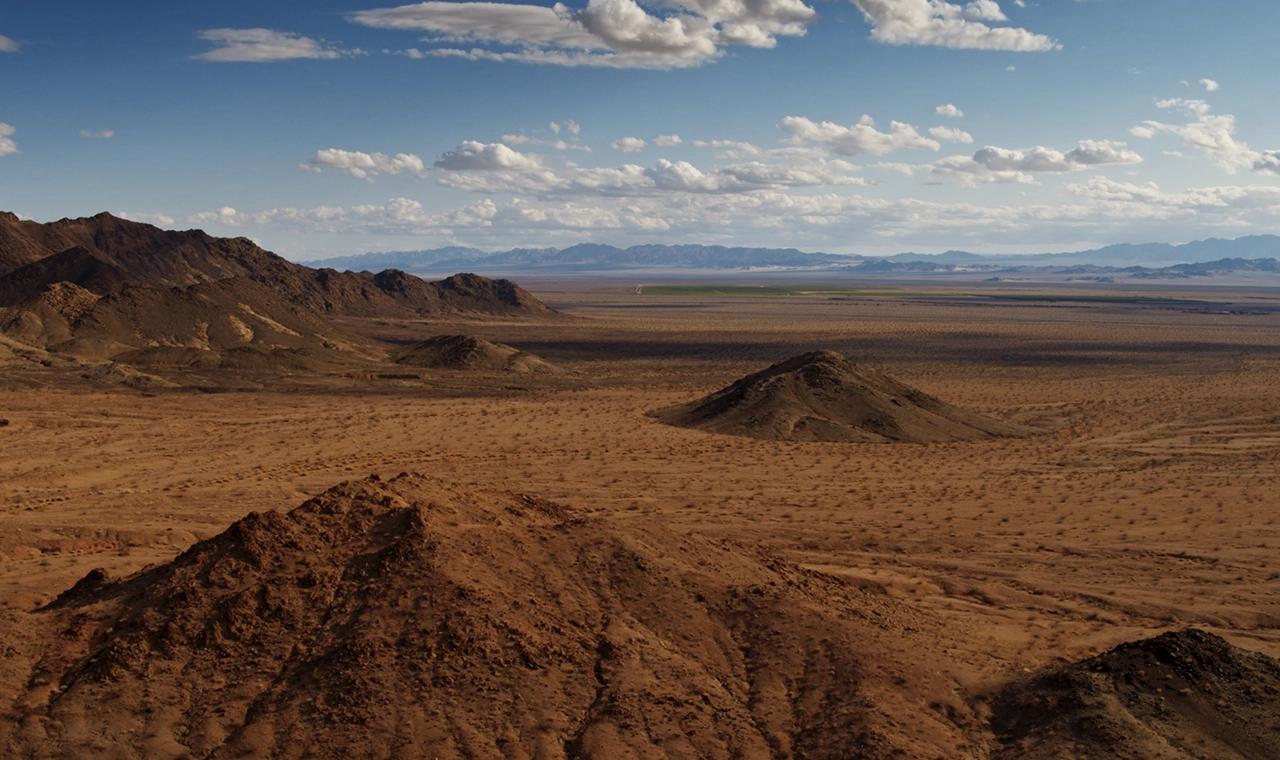

Cadiz, Fenner Gap Mutual Water Company and the Fenner Valley Water Authority, in partnership with Native American Tribes, public agencies and water districts will construct, own, and operate the Mojave Groundwater Bank. The public-private partnership represents a landmark collaboration with Native American Tribes to build the first large-scale, tribal-owned water infrastructure project off tribal lands in U.S. history.